
Red light - you're out. When it comes to behavior charts, adult behavior needs to change.
I'm not a fan of behavior charts. You've probably seen them - red, yellow and green stoplight-like charts ubiquitous in preschool and kindergarten classrooms. Kids get put in the red category if they're "bad." The chart is posted in a visible place where everyone can see.
There's so much wrong about behavior charts, I don't know where to start, but most of it comes down to this: adults need to change their behavior.
You're being bad =Vague Moving a child's name from the green/ good side to the yellow and red side of the chart usually doesn't give the child any information except: "I'm in trouble." Many times kids don't know what they did that was wrong or disturbing. Much better to be specific. State what the child was doing and what needs to stop or change. Set a limit. No need to have red and green stop lights to do that.
Targets You know who they are. Usually the same ones day after day. Kids who are restless, need to move their bodies, poke their neighbors or talk. These are often the most active kids. Often boys. Often ones with the least experience with impulse control and social learning. Behavior charts don't change that dynamic, they just put the same kids in red day after day while other kids sail through as green and good.
I'm a bad kid Kids who are repeatedly labeled as having bad behavior tend to internalize and think: "I'm a bad kid. The teacher doesn't like me. School isn't for me." This is a rotten way to start 12-13 years of learning. Learning comes alive with joy, curiosity, encouragement, self-confidence and ability to make mistakes and still be accepted.
Incorrect adult expectations Often, what's wrong is not so much the wriggling child who pokes her neighbor, but the fact that the kids have been sitting too long, perhaps with an un-engaging curriculum. The antidote to that is a different instructional style. If kids are truly engaged, behavior is much more likely to be positive and focused. Try more hands-on learning and more recess.
Respecting needs What's misbehavior? All too often, what adults call misbehavior is simply unmet needs. Young kids have a need to move their bodies. Are we providing that? Is there time and space and acceptance for active children?
Skill learning Behavior charts are a technique to control, but what is the learning goal? Do they teach anything? The only way kids can truly change behavior is by gaining skills (social/ emotional learning; conflict management skills) and gaining maturity. These both take time and practice.
Public shaming Shaming shuts kids down. It doesn't solve problems. It doesn't respect kids. Some kids, often including first-borns, only children, boys, and many others based on personality, are especially shame-phobic. They hate making mistakes and hate public shaming. Shaming kids often backfires.
Loss of recess Depending on the system, getting to red often means something even more terrible: loss of recess. Kids need recess protected for the sake of their own learning and mental health. Read more about recess.
Sometimes I think about how well we adults would do if someone erected a giant behavior chart for us during the day. Scream at the kids getting out the door in the morning (move from green to yellow); get grumpy at someone at the gas station (move from yellow to red); procrastinate and not get something done (we're already lower than red, now we have to skip our coffee break). By 10am, we might be hopelessly irredeemable.
I'm glad there's no Giant Behavior Chart in the Sky hovering over our adult lives. There shouldn't be for children either. Kids have less experience coping with their bodies and feelings than we do. They need useful guidance learning how to express themselves appropriately - and that goes beyond red-yellow-green.
Have any behavior chart stories? What's worked for you getting beyond behavior charts?
Interested? Read more in Heather Shumaker's books on renegade parenting.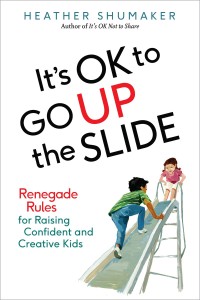

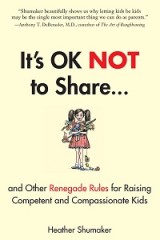
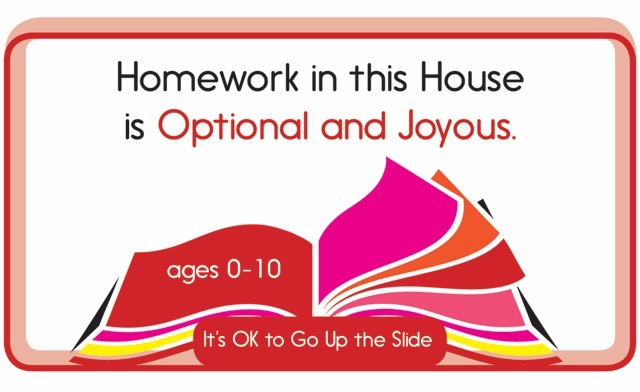
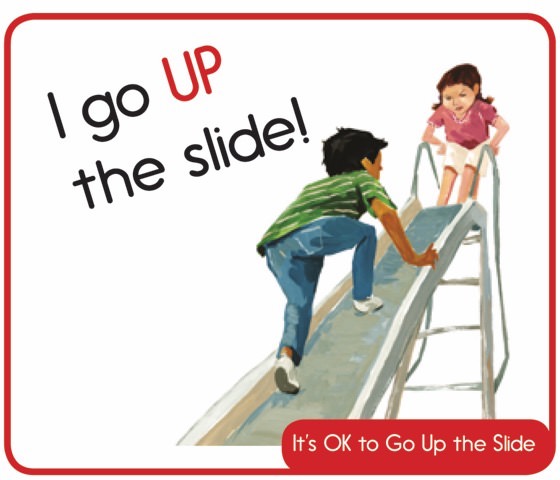
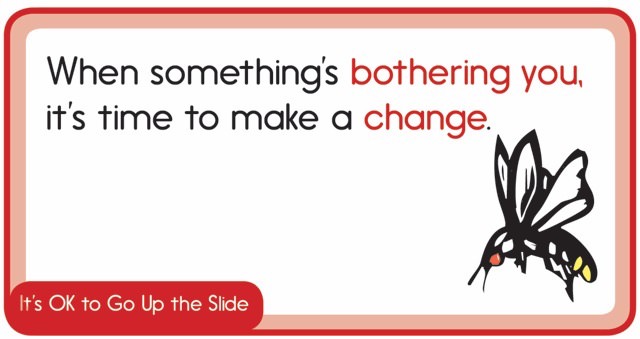
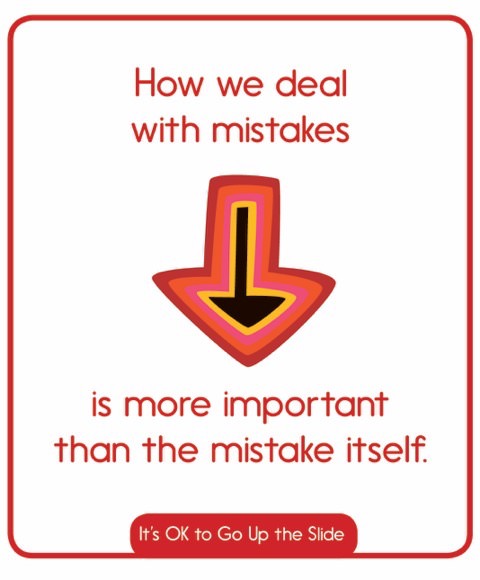
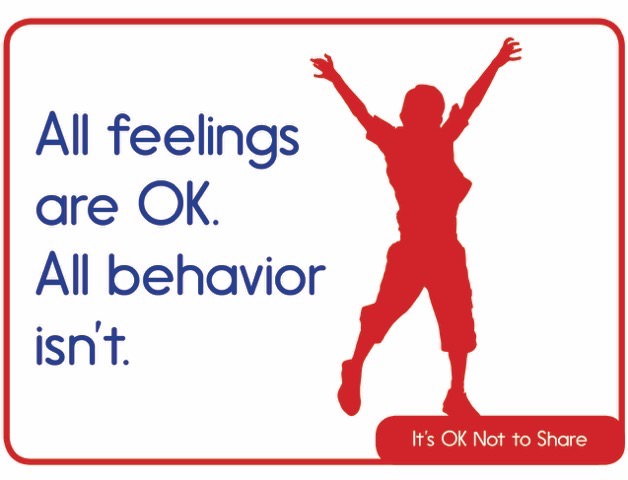
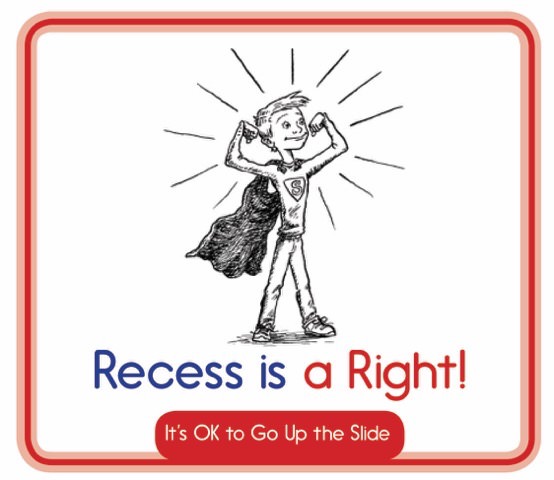
Alfie Cohn's book Unconditional Parenting says it all for me with rewards and punishments. It doesn't work if you want to make anything but temporary compliance.
Yes, indeed. Another reason not to use behavior charts. They don't work! Temporary compliance is exactly right. Thank you, Bette!
Hi Heather,
you've confirmed what I have suspected for years. I am a former teacher and mother of six beautiful, healthy children. I never liked using behaviour charts in my classroom but was told I had to manage the class 'somehow' (by a university lecturer). When my fourth child started school this year he was constantly placed on the 'sad cloud' on his classroom's behaviour chart. I do not hold ill towards the teacher, she was, I assume, only teaching how she'd been taught, just as I had. However, my son was starting to dread going to school for fear that he would be moved from the 'rainbow' to the 'sad cloud'. Talk about how to damage a child's self-worth as he saw his name on the cloud day after day after day. He is a typically active 5 year old boy with, as I affectionately say, more energy than brains! I hope you understand what I mean by that. Thankyou for not being afraid to speak out on what you also have observed. Susan
Rainbows and sad clouds...superheroes and losers...they come in many forms. Your insights as both a teacher and parent are insightful. And, yes, I know exactly what you mean by a 5-year-old with more energy than brains! He's not the only one in this world.
I'm in Australia, however, my son experienced similar methods of control in his first year of school eg: a sad face and a happy face. The sad face was red and children's names were placed under it for all to see. My son didn't often appear under the "angry face" (that's what he called it) however he often came home upset for the friends that did. He had an intuitive sense of right and wrong and he knew that this whole punitive system was very wrong. Other than offering him support I didn't weigh in with my opinions as I didn't want to create more anguish or add to the angst. I can tell you now, however, it made me furious! Shaming has absolutely nothing to do with learning and I could see the effect it had on the children. We homeschool now, part of a vibrant community full of kids that are excited to learn, fuelled by their passions with no shaming! It took a few years to recover fully from that truly horrible first year...Surely any educator worth their salt could work out that such methods are wrong? Anyway, thank you for your piece I appreciated it.
You're welcome. Thanks for writing!
I wish I could find something like this post, or even better, research to support this viewpoint, but in French! I am aching to share it with my daughter's kindergarten teacher. She has a Masters degree, so I know she would appreciate evidence to support this position, but my daughter's school is French.
And I want to add that my daughter never gets the bad scores, but i still can't stand these charts. There is so much wrong with them! Even for a "good" student! At her school there is a neutral green and then colours above that for "good day" and "magnifique!". Except, as the teacher explained to me when I asked about it, a student will rarely get either of those. they would have to perform some special act of kindness. for example, my daughter got a "good day" for doing what I assume was a particularly good job of tidying up. But it's still demotivating! My daughter gets bummed about always getting the neutral colour, and she can't really understand what she needs to do better.
It's so frustrating for me.
You may be in luck - my book "It's OK Not to Share" is being translated into French. It covers many similar topics, but not behavior charts specifically. There will be a little lag time until the French edition is available, but look for it!
Thanks also for sharing your daughter's experience being stuck on the "neutral" color. These charts really take away the human relationship side of relationships.
As you know, these are big in Michigan with PBIS. Have you talked with school districts or are you available to do so in our area? thanks!
My son is having a hard time sitting still and staying focused in grade 1. His teacher has wanted to use a daily chart, where he gets 10 stickers (5 in the morning and 5 in the afternoon). It's sent home each day. If he can get all 10 stickers, I'm supposed to give him a small reward at home. After three weeks of this, I can see that it isn't helping and I actually think it's damaging. If he has a good day, we are all happy. But on days where he only got two stickers, the teacher will comment "I'll call you". Before the call, I ask my son what happened today, and he gets furious and angry. I can tell by his mood when I pick him up whether he has 10 stickers or not. He tells me that he has been ridiculed in class for having fewer points on another behavior chart. There was one day that he was crying and saying that nobody liked him (on a day when he got fewer stickers). He was sent to the pricipal's office for throwing markers. (He is 6 years old). With the principal, he filled out a form for how he would move forward, and his plan to move on was "be good". It was at this point that I let the school know that asking him to "be good" is the same as telling him that he was bad, and I asked his teacher to reconsider behavior charts. I'm not sure where to go from here or how to help him learn to behave in class. After doing research that led me to this article, I'm even more worried about the damage that these charts are causing.
Behavior charts are damaging for the parent/child home relationship. It has caused many sad and stressful evenings where I have a grumpy child, and where the parent wonders why it seems that everyone doesn't like their child.
Oh gosh, I say with all kindness in my heart, PLEASE get him out of there if you can, before they do more damage to your gorgeous little 6-year-old. What you describe is heartbreaking and against everything, we know about natural child development. They are shutting down his natural responses, curiosity and killing any flicker of a love of learning. What in the world is the USA doing? It is absolutely crazy! How can any educator think inflicting a punitive system like that is OK? How are your teachers trained? It is insanity!
"When something is bothering you, it's time to make a change," is my motto. You're doing that - researching and realizing something is wrong. If this school / teacher is not the right fit for your family, make a change. It's unlikely that the teacher will change fast enough. Kids need to feel safe before they are ready to learn. Your child deserves to learn in a place that nurtures him.
Or as my fellow author Laurie Buchanan says, "Whatever you are not changing, you are choosing." Good luck with your next step!